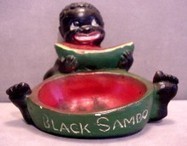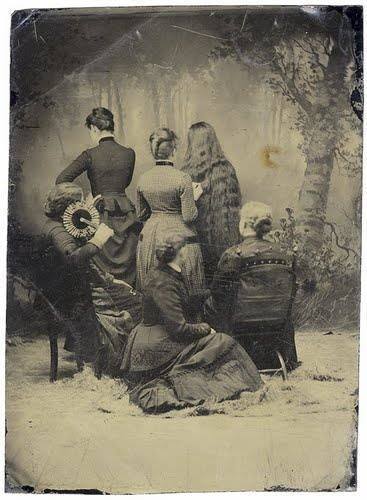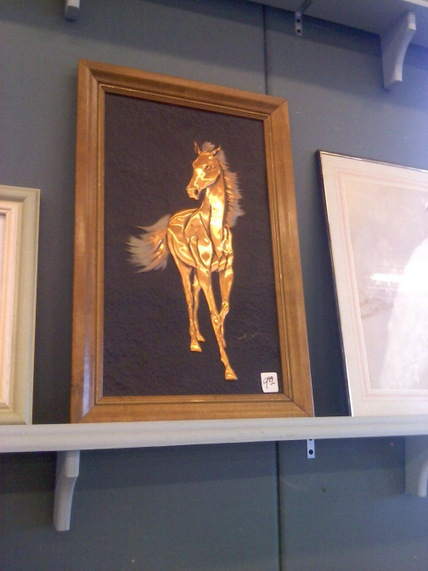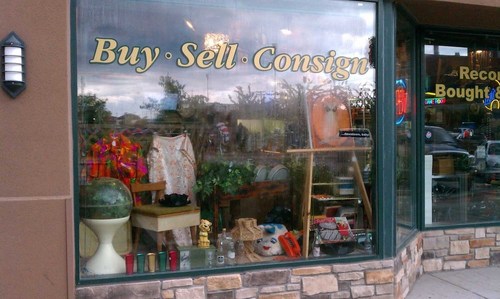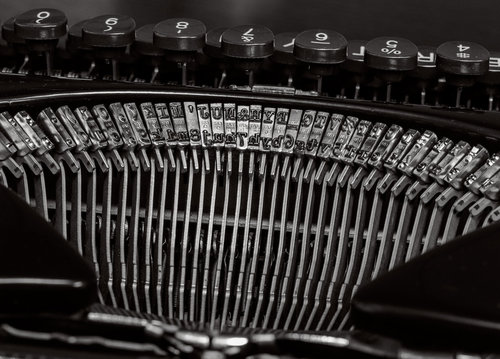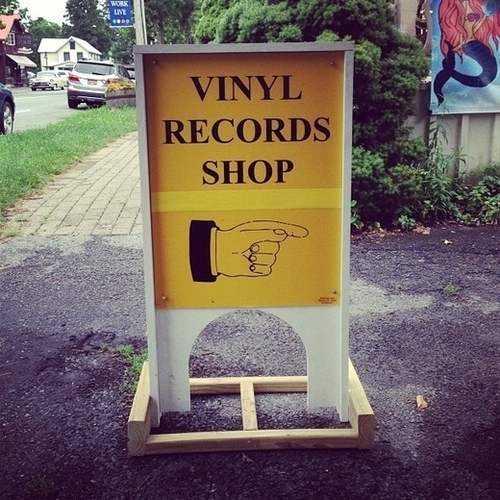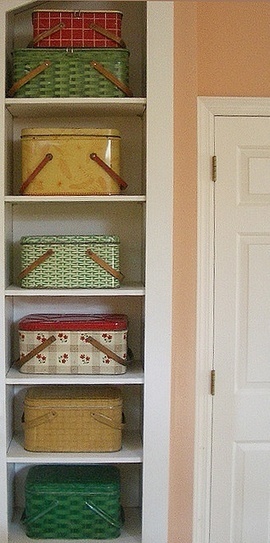When I saw this jangle of vintage copper molds at the thrift store today, I was reminded of my aunt Vicki.

When she was alive, her entire kitchen was decorated with them. It began, I believe, as an inexpensive way to decorate. Back when I was a kid, you could grab these copper molds for just a quarter or so, which meant for a dollar or two you could easily cover your kitchen walls. (They are more expensive now, but still less expensive than other forms of home decor for your kitchen walls.)
I remember how the copper would gleam off the walls and warm the room… Except for the lobster (he creeped me out — still does!)
As their monetary situation improved, even when they moved to a much larger house, my aunt continued to collect the copper molds — but she also began to add more pieces to her collection, like vintage chocolate molds.
I’ve sort of taken up the idea, but for even more practical reasons: space.
I’ve a modest collection of whimsical cake pans and I find that rather than attempting to stuff them into that wee drawer beneath the oven or fail at stacking them neatly next to the pots and pans, that it’s easier and prettier to display them on the wall above the kitchen cabinets.

Most of them, like the Wilton Scooby-Doo, have a small hole in the top from which to hang them. And cake pans without them can, like my vintage 3-D lamb cake mold, can sit up atop the cupboards. In either case, I’ve ended the clutter and crashes of cake pans that do not stack or nest nicely.
Plus, on display I know where each one is. The kids pick one out, I take it down and wash & dry it while they gather the ingredients. And I think they add charm to my kitchen too.








